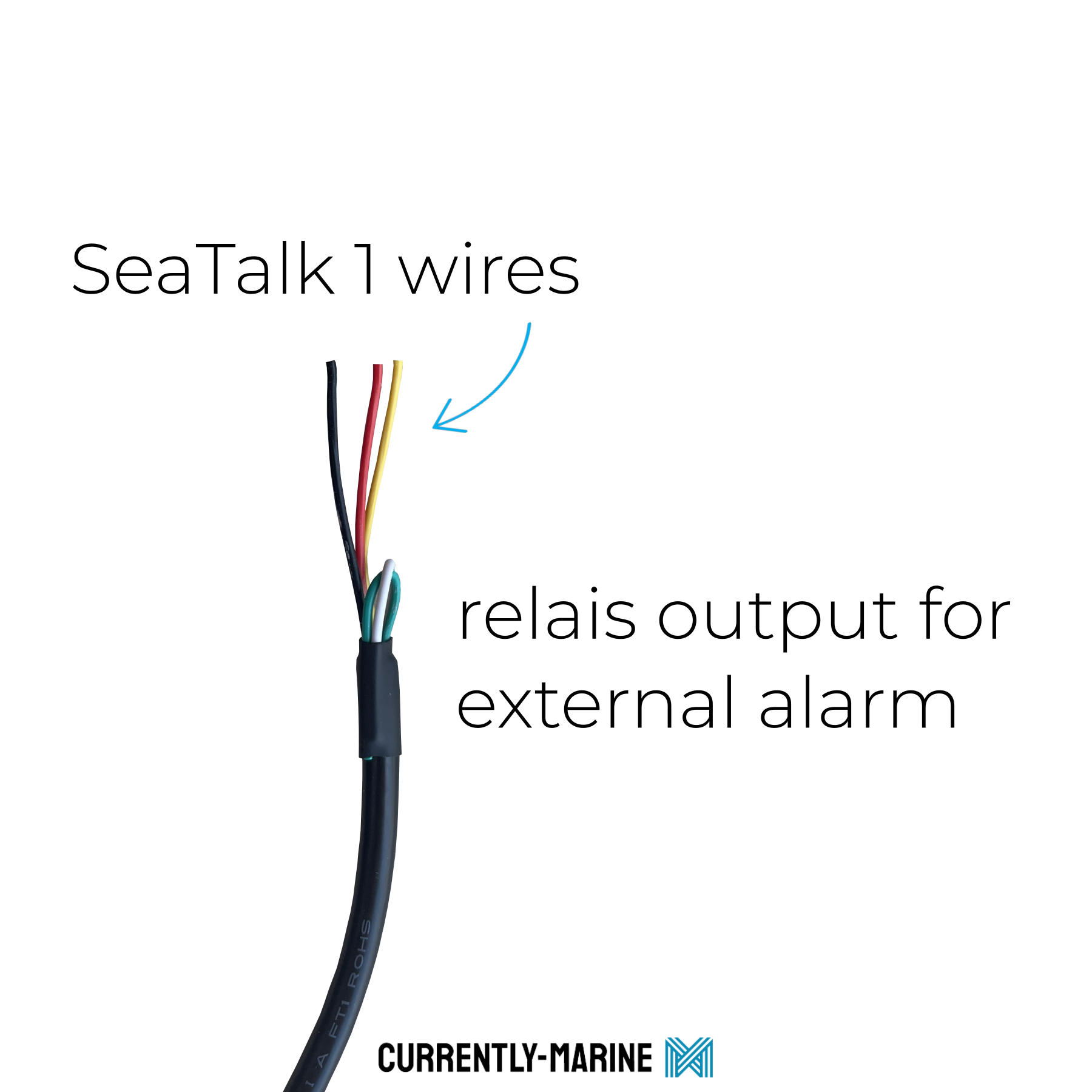Description
• relays output for external alarm (normally open) (max 1A at 12V)
• Alarm-buzzer
• Status-LED
• Reset-button
• NMEA2000 port
• SeaTalk 1 port (galvanically isolated)
• 2 NMEA0183 inputs (galvanically isolated)
• 2 NMEA0183 outputs
• Wi-Fi: provides own access point (with DHCP) or connects to existing one
• mDNS: gateway can always be found as pitufino.local
• NMEA0183 data server: multiple TCP connections and/or UDP broadcast
• Web server: provides browser-based configuration, firmware update, pages to view
navigation data in real time (web instruments and web pilot controller)
• Configuration: elaborate settings for filtering, routing and conversion
• Built-in World Magnetic Model: up-to-date magnetic variation (and also, your chart plotter no longer needs to be online every time)
• Sentence Translator: Some devices output deprecated or unusual sentences. Pitufino translates them into well-supported ones.
• Computes ground-referenced true wind and provides wind data and COG/SOG with proper damping to TCP/UDP streams and to NMEA2000 for other displays
• Computes 1min/10min/60min averages for TWD, TWS, COG, SOG and VMC
• Creates hourly logbook entries with averages and other statistics
• Takes over the computations of waypoint data after the chartplotter (device or software) that started a navigation to the active waypoint (‘Go to’ or ‘active route’) has been switched off
• Repeater (or external alarm) for alarms transmitted over NMEA2000 from Raymarine devices and Navico (Simrad, B&G, …) devices
• Internal alarms for anchor drag, close AIS target, waypoint arrival, pilot waypoint confirmation and off course
user manual englisch: PitufinoQuickGuide-1
Kurzanleitung Deutsch: PitufinoKurzanleitung




